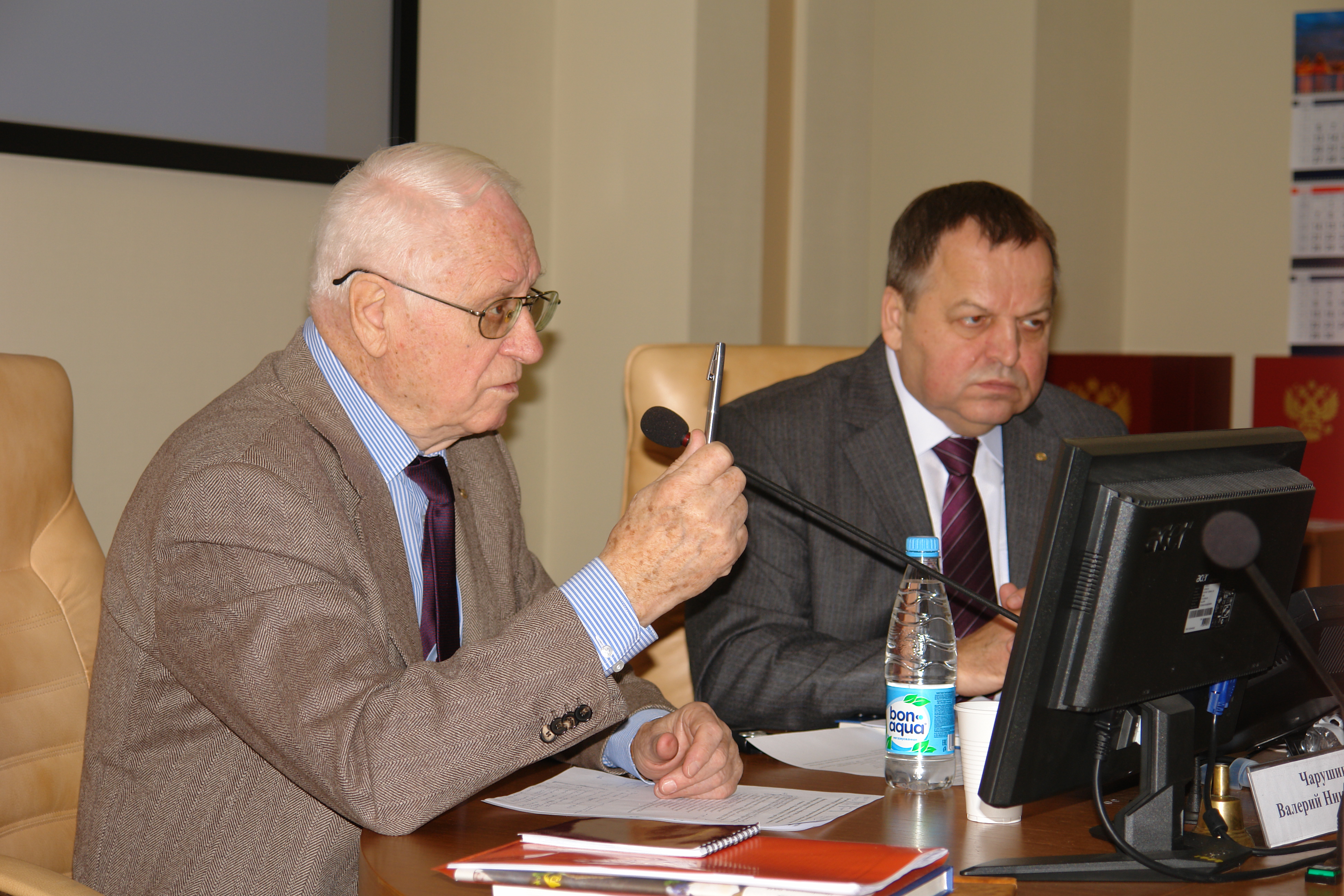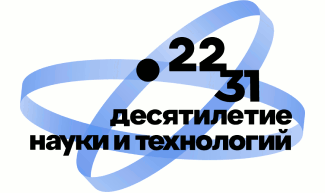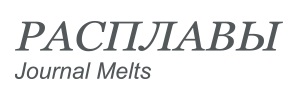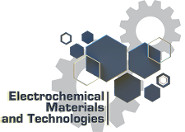The meeting of representatives of the Ural academic chemical institutes with industrialists was held in the Presidium hall of Ural Branch of Russian Academy of Sciences on November 16. The first have presented the developments with business perspective, the latter have identified a number of problems that could be solved by scientists. In the end, the participants have exchanged the contacts and agreed to continue the meetings in this format.

The Sverdlovsk branch of the Russian Chemical Society named after D.I. Mendeleev organized the event. In his opening speech, the Chairman of the regional branch of RCS Academician O.N. Chupakhin noted, “Today, when coordination and communication were destroyed, this social movement begins to play an important role. Speaking about our region, there was a period when the Mendeleev society led an active work in educational establishments, institutes and factories. It was a mass movement which attracted people to the discussion of industry issues.”
During the years of reform and transformation, contacts between science and industry were injured. However, the chemical industry is still interested in the scientific research of the Academy of Sciences, and scientists – in the implementation of their results into production.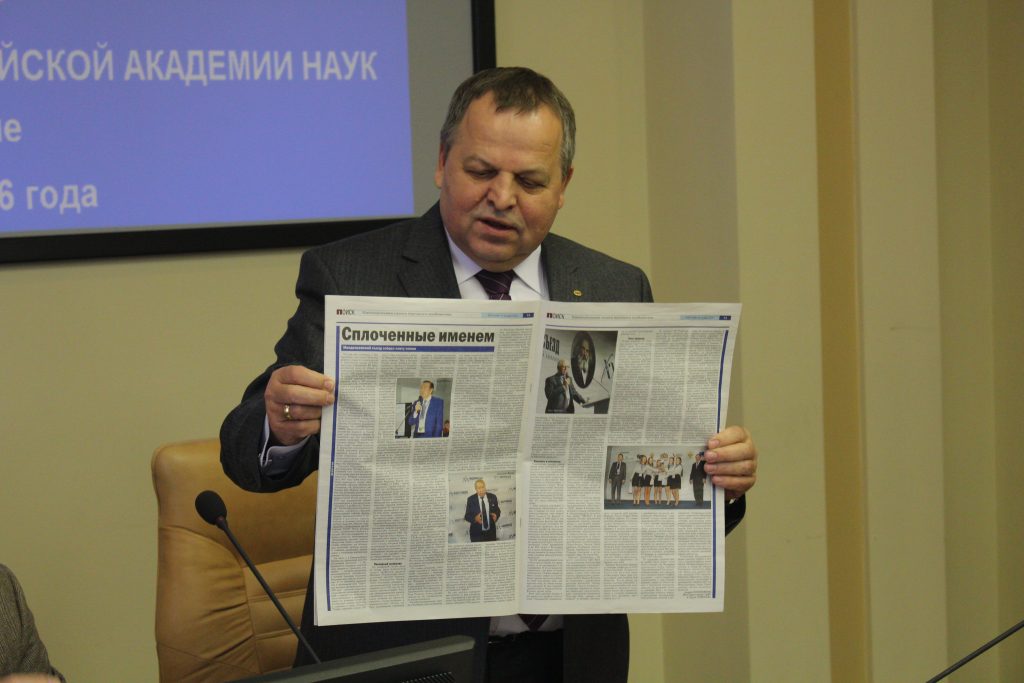
The Chairman of Ural Branch Academician V.N. Charushin highlighted in his greeting that the Ural was not accidentally selected as the venue of the recent twentieth Mendeleev Congress. The structure of the Ural Branch includes six chemical institutes: four of them are located in Ekaterinburg, the other two – in Perm and Syktyvkar. “This is a great creative force, which can be used”, – said Valery Nikolayevich. At the same time he urged industrialists not be limited the region scale when considering the issue of cooperation with scientists. The Branch have the opportunity to attract scientific forces from different parts of the country and to become the communication center. It was particularly noted that the collaboration of science and industry would not start from scratch. Valery Nikolayevich also added, “All of institutes have already established creative and business relations. But we have to try to make better use of our potential and capabilities of enterprises.”
Representatives of four chemical institutes located in Ekaterinburg made further presentations. Metallurgists have offered to industrialists a new method of producing boron-containing steels, development that prolonging the service life of blast furnaces and technology for the processing of various ores and slags. Institute of Solid State Chemistry is interested in cooperation at a creation of new functional solid-state materials. In ISSC an extensive experience of computer modeling was accumulated, allowing to predefine a properties of the resulting material. Institute of High-Temperature Electrochemistry have presented the developments perspective for resource saving and power engineering. Presentation of the Institute of Organic Synthesis was devoted to the creation of biologically active substances and medical drugs based on them, as well as organic materials for various purposes.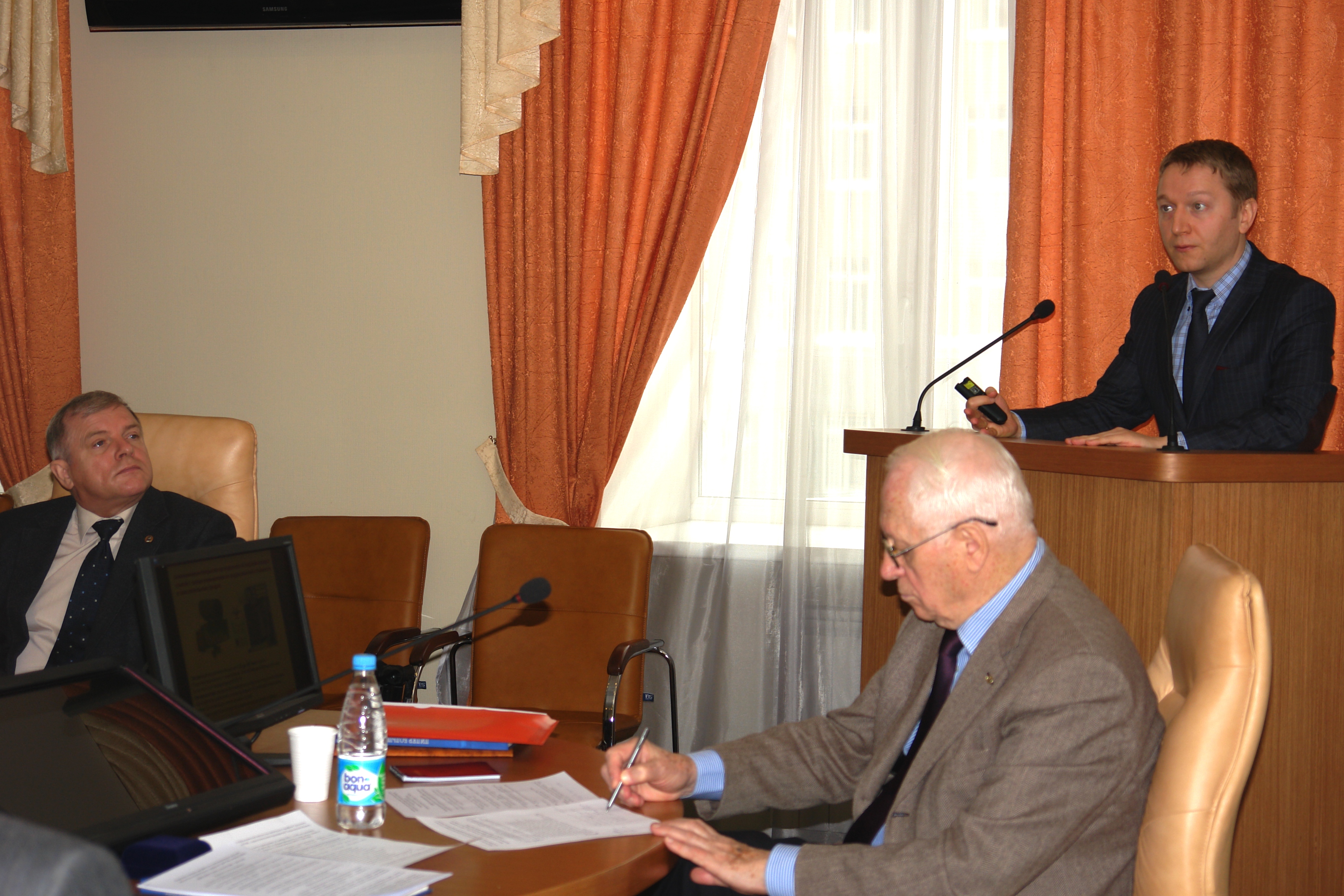
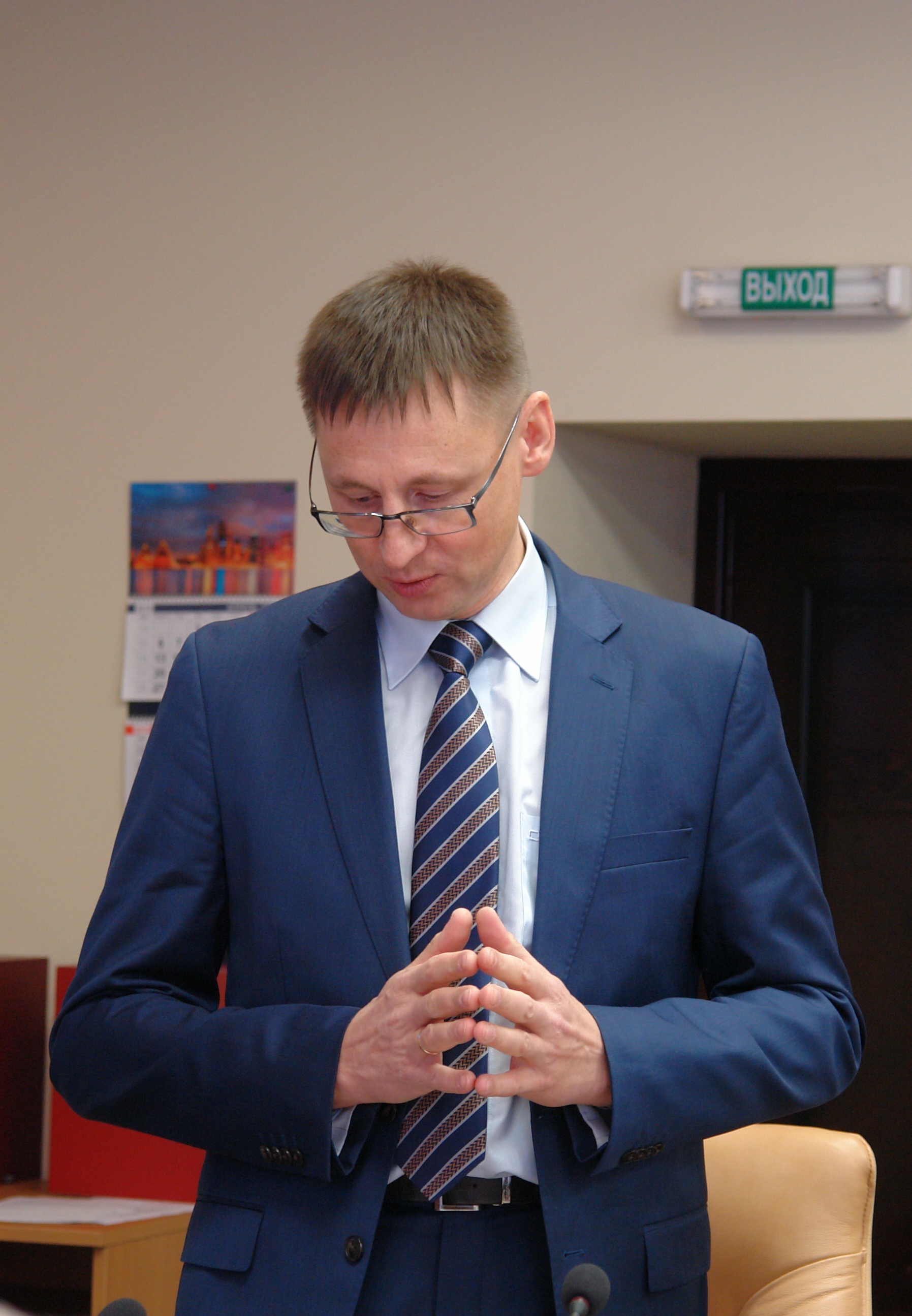 Then the representatives of the enterprises briefly talked about products, the production features, as well as tasks that require scientific and technological solutions. In particular, the “Ural factory of rubber-technical products” is interested in the development of components and modifying additives for rubber compounds that enhance the quality of the final product, as well as in the creation of methodology of testing samples exposed to vacuum. The holding company “Uralchimplast”, part of the chemical park “Tagil”, is considering the opportunities for cooperation in the field of analytics. “No enterprise has a base of analytical equipment that is available to academic institutions. And if to take advantage of this properly, it allow solving serious problems” — explained the Director of Research and Development of “Uralchimplast” O.F. Shishlov. The representative of the company “Poyas”, engaged in processing of metallurgical production wastes, D.S. Pupyrsky expressed interest in the development of IMet and ISSC.
Then the representatives of the enterprises briefly talked about products, the production features, as well as tasks that require scientific and technological solutions. In particular, the “Ural factory of rubber-technical products” is interested in the development of components and modifying additives for rubber compounds that enhance the quality of the final product, as well as in the creation of methodology of testing samples exposed to vacuum. The holding company “Uralchimplast”, part of the chemical park “Tagil”, is considering the opportunities for cooperation in the field of analytics. “No enterprise has a base of analytical equipment that is available to academic institutions. And if to take advantage of this properly, it allow solving serious problems” — explained the Director of Research and Development of “Uralchimplast” O.F. Shishlov. The representative of the company “Poyas”, engaged in processing of metallurgical production wastes, D.S. Pupyrsky expressed interest in the development of IMet and ISSC.
Summing up the meeting, O.N. Chupakhin said, “Today’s brief presentations of institutes and enterprises indicate their mutual interest, and it provides the solid basis for further specific conversation”. The participants have discussed the prospects of further interaction in more details during a business lunch. It was also agreed that the next such meeting would take place in Nizhny Tagil on “Uralchimplast” platform.
